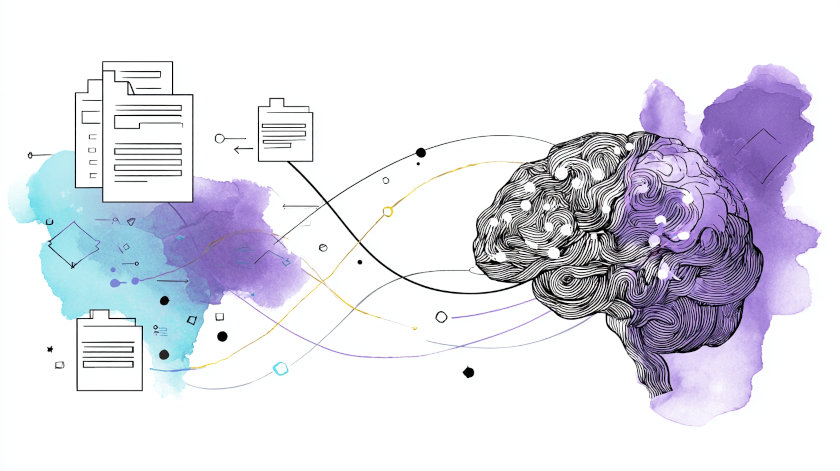
RAG Optimization Techniques: Proven Patterns, Anti-Patterns, and Practical Tips
Introduction
Retrieval-Augmented Generation (RAG) systems have become essential for AI applications that require integrating external knowledge with large language models. Despite their potential, many RAG implementations fall short due to recurring mistakes and missed optimization opportunities. This guide presents proven strategies for enhancing RAG performance, highlights common pitfalls to avoid, and outlines best practices for building reliable, scalable RAG solutions.
Core RAG Pipeline
A standard RAG system involves three key stages:
- Data Ingestion and Chunking: Preparing and segmenting source documents.
- Retrieval: Locating relevant information using search mechanisms.
- Generation: Producing responses by combining retrieved content with language model capabilities.
Each stage offers opportunities for improvement and carries risks that can undermine system effectiveness.
Proven Patterns for RAG Enhancement
1. Advanced Chunking Techniques
- Semantic Chunking: Segment documents based on logical or topical boundaries, preserving context and improving retrieval accuracy.
- Sentence Window Retrieval: Focus on a small window of sentences around relevant fragments to reduce noise and maintain relevance.
- Auto-merging Fragments: Combine related document parts to provide richer context, especially in technical or fragmented sources.
2. Embedding Optimization
- Domain-specific Fine-tuning: Train embedding models on domain-relevant data for improved retrieval precision.
- Efficient Representations: Use techniques like Matryoshka learning to create compact, information-dense embeddings that save storage without sacrificing performance.
3. Advanced Retrieval Strategies
- Hybrid Search: Combine semantic search with keyword-based methods to cover diverse query types and compensate for individual weaknesses.
- Hypothetical Document Embeddings: Generate hypothetical answers to bridge the gap between user queries and available information.
- Multi-vector Indexing: Represent documents from multiple perspectives to increase recall for varied queries.
4. Reranking and Post-processing
- Cross-encoder Reranking: Apply sophisticated models to refine the ranking of retrieved results, improving the relevance of final outputs.
- Query Rewriting: Automatically expand or clarify user queries to enhance retrieval effectiveness, especially for ambiguous or poorly formulated inputs.
Critical Anti-patterns to Avoid
- Data Issues
- Silent Document Drops: Prevent unnoticed losses during ingestion by implementing thorough logging and validation.
- Irrelevant Content: Curate and tag documents carefully to ensure only relevant information is indexed.
- Extraction and Enrichment
- Poor Structured Data Handling: Use format-specific extraction tools to avoid losing critical information from complex documents.
- Over-chunking: Avoid fragmenting documents excessively, which can destroy context and reduce retrieval quality.
- Boilerplate Contamination: Filter out headers, footers, and other non-informative content before indexing.
- Retrieval and Generation Failures
- Vague Queries: Detect and clarify unclear user queries to prevent irrelevant or hallucinated responses.
- Lack of Reasoning Support: For complex questions requiring synthesis, integrate agentic RAG approaches that interleave retrieval with reasoning.
- Uncontrolled Hallucinations: Implement verification and citation mechanisms to prevent unsupported model outputs.
Advanced Optimization and Monitoring
- Continuous Evaluation: Establish automated evaluation cycles using metrics like precision, recall, and relevance to guide improvement.
- Error Taxonomy: Categorize errors (e.g., false positives, hallucinations) to target fixes effectively.
- Hallucination Detection: Deploy token-level detection systems to identify and mitigate unsupported claims, including for multilingual applications.
Production and Quality Assurance
- Scalability: Address performance bottlenecks with distributed databases and caching for large-scale deployments.
- Monitoring: Implement comprehensive observability, tracking retrieval quality, response appropriateness, and system faithfulness.
- Best Practices:
- Start with user needs analysis.
- Inspect data at every pipeline stage.
- Iterate rapidly with structured evaluation.
- Version control all components.
- Use specialized extractors and hybrid retrieval.
- Deploy reranking and automated tests.
- Validate outputs and guard against hallucinations.
Conclusion
Building high-performing RAG systems requires attention to both technical detail and operational discipline. Success depends not only on adopting advanced models or retrieval techniques but also on understanding user needs, maintaining data quality, and iterating based on systematic evaluation. By applying proven patterns, avoiding common pitfalls, and embracing robust monitoring and quality assurance, organizations can deliver RAG applications that are accurate, reliable, and scalable in real-world settings.
Published on 6/22/2025